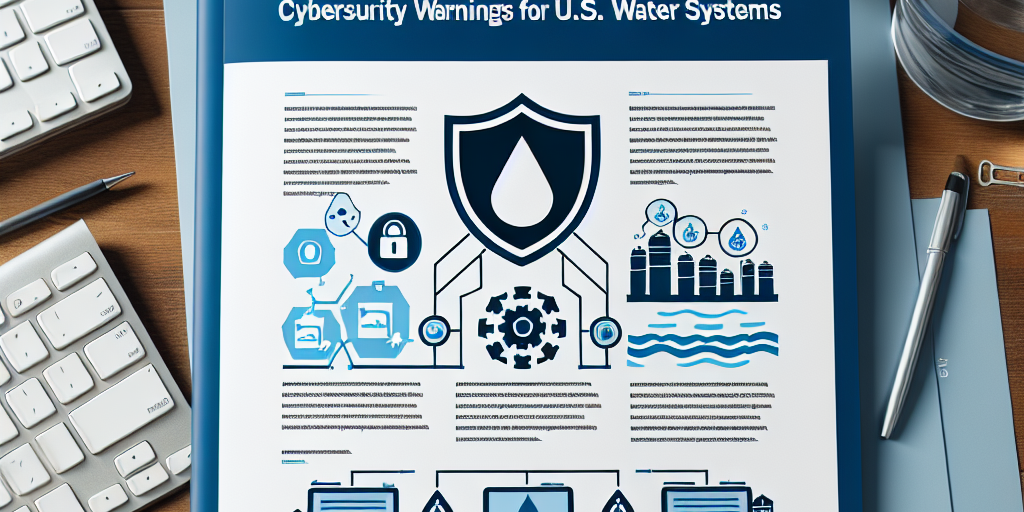Cybersecurity Warnings for U.S. Water Systems Highlighted in EPA Report
The integrity of U.S. water systems is under scrutiny after a report by the Environmental Protection Agency’s Office of Inspector General highlighted vulnerabilities. The investigation—which involved a passive assessment of 1,062 water systems—found that 97 of those had either critical or high-risk cybersecurity issues, a worrying signal considering these serve about 26.6 million people. An additional 211 systems, supplying water to over 82.7 million people, faced medium and low-severity vulnerabilities. In an alarming revelation, it was found that the EPA lacks a dedicated cybersecurity incident reporting system, which forces water and wastewater systems to rely on the Department of Homeland Security’s Cybersecurity and Infrastructure Security Agency for notifying incidents—a process that presents its own set of challenges. This report underscores the urgent need for reinforced cybersecurity measures and better coordination amongst federal agencies to protect this vital infrastructure.
From History Major to Tech Trailblazer: Saviynt CTO Jim Routh’s Unconventional Journey
Jim Routh’s ascent in the tech world is a tale of unexpected twists. Starting his career with a history major, Routh managed to pivot into technology, initially as a means to pursue entrepreneurship. His technical journey began in earnest at an office product company, eventually leading him to become the first CISO of American Express in 2003. Over the years, with stints at JPMorgan Chase, Aetna, and MassMutual, Routh has accumulated extensive expertise, particularly in identity access management—an area he focuses on as CTO of Saviynt. Considering data science’s crucial role in refining identity access protocols, Routh’s career illustrates how diverse educational backgrounds can converge on the evolving landscapes of tech industries.
The CPTO: A Merge of Product and Technology Leadership Roles
In the corporate world, the C-suite is witnessing the return of a hybrid executive role—the chief product and technology officer (CPTO). This configuration mirrors the need for tighter integration between product vision and technological capability, especially at innovative companies aiming to operate leanly. One such professional bridging the gap is Eduardo Oliveira of DataCamp. As DataCamp’s CPTO, Oliveira has harnessed OpenAI’s language models to enhance their teaching platform, arbitrating between the preferences of his engineering staff and the product team’s strategy, ultimately balancing decision-making to satisfy varying client requirements. The case underlines the significance of experience in both domains and the value a CPTO can add to an organization by fostering seamless interaction between product development and technology execution.







